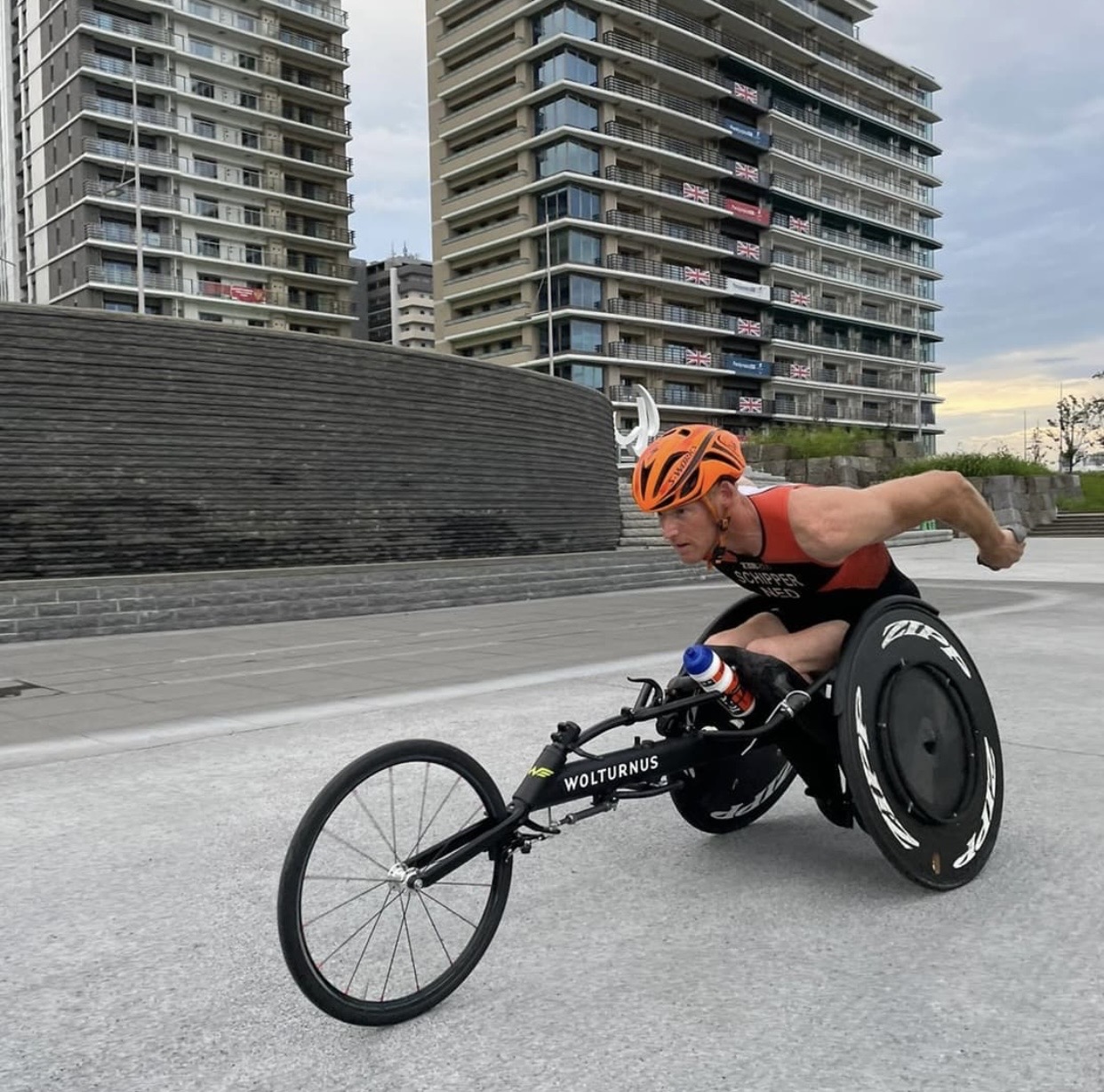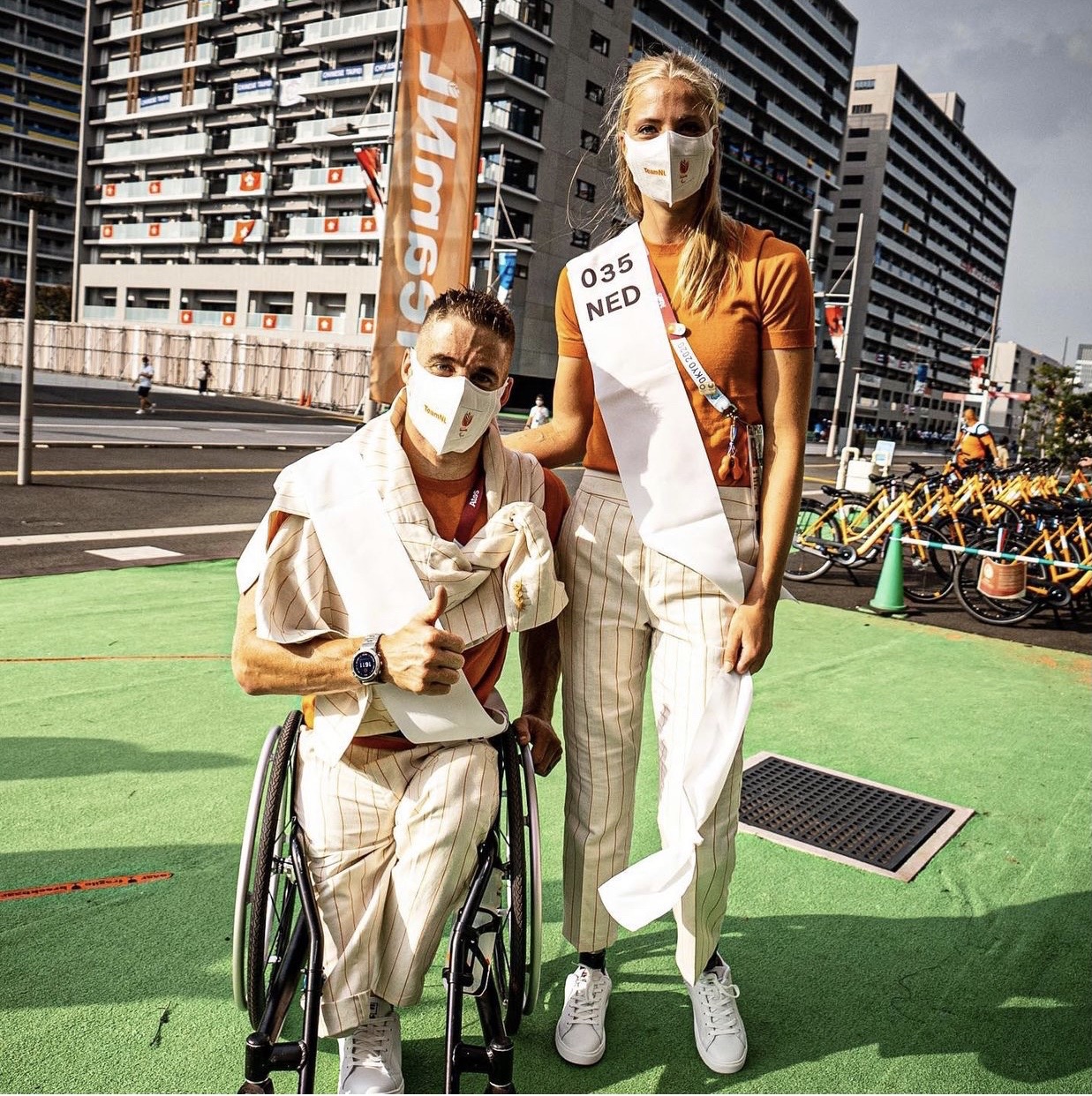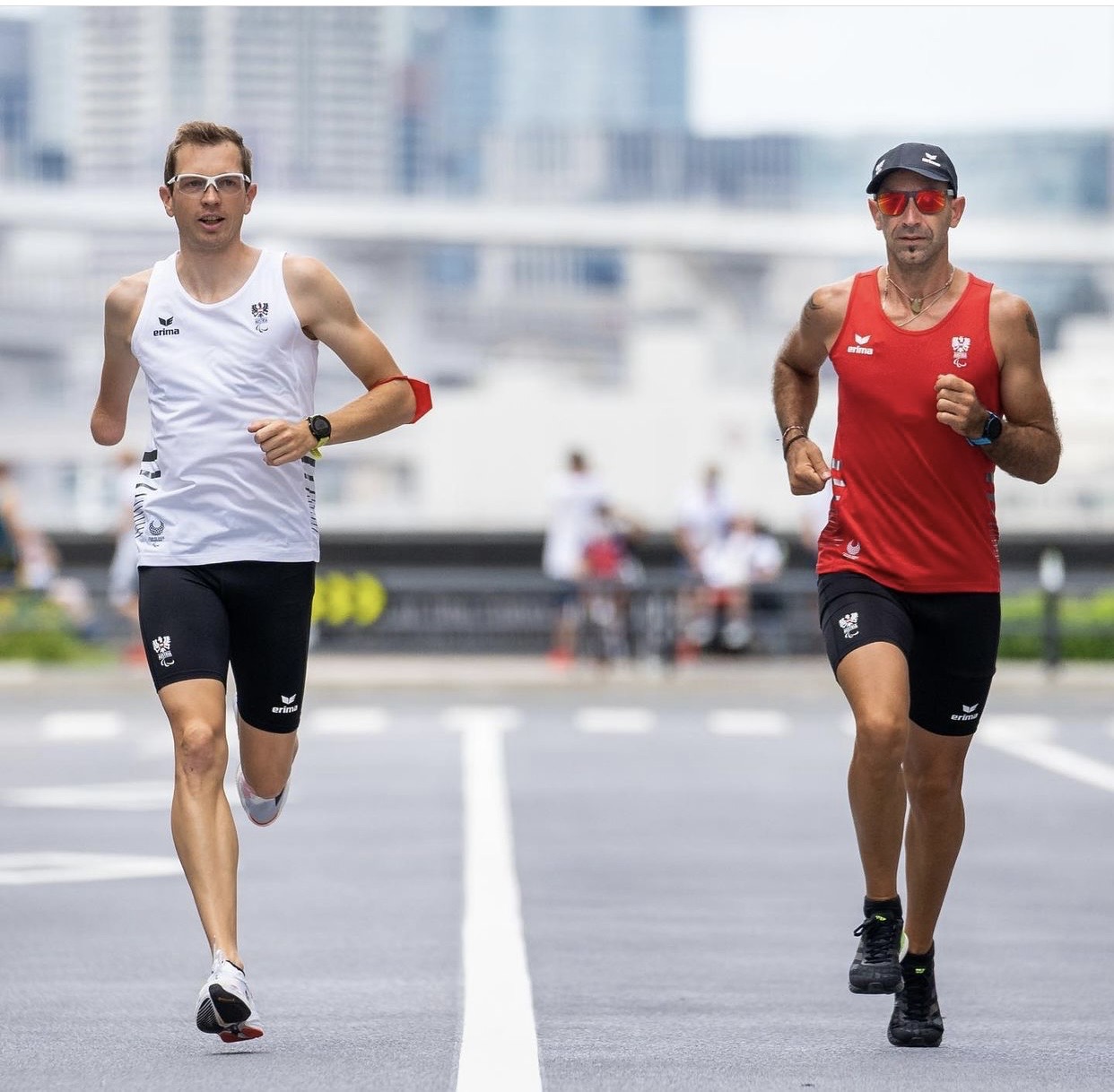After Rio 2016 Paralympic triathlon is rapidly growing and becoming a main event at this Para Olympic Games in Tokyo. The Paralympic event of Tokyo is held over the ‘sprint’ distance, which is half the length of the Olympic distance that is: 750m of swimming, 20km of cycling and a 5km run.

Men and women compete separately, and there will be different classifications due to different classes that help athletes to compete at the same level with the other contenders.

Athletes compete in six classes based on the nature and extent of their impairment. In the seated class (PTWC), athletes use a handcycle for the cycling element of the competition and a wheelchair for the running element. In standing classes (PTS2-5), they may use assistive devices, such as prosthetic legs, while bicycle modifications are also permitted. In the visual impairment class (PTVI), athletes are assisted by a guide of the same sex throughout the competition. After Rio 2016 the classification was further divided from six to nine classes.


For the swimming element, PTWC class athletes are allowed to use knee braces but no assistive devices are permitted for PTS class athletes. PTVI athletes have a guide of the same sex who swims alongside them. All classes start the race in the water, so there is no diving start.
In the cycling segment, the bicycle used depends on the athlete’s class. PTWC athletes use a recumbent handcycle, while PTVI athletes use a tandem (two-person) bicycle with the guide seated in front and the athlete behind, both pedalling together. PTS class athletes use a road bike which can be modified if necessary, including by changing the shape of the pedals so they can be more easily pedalled using a prosthetic leg, changing the brake and gear levers so they can be operated with a single hand, or adjusting the position of the handlebars.

In the running element, PTWC athletes use a competition wheelchair, while PTS athletes use assistive devices such as a prosthetic leg. PTVI athletes are accompanied by a guide, to whom they are connected by means of a small rope.
The transition phases are sometimes called the ‘fourth element’ of a triathlon and are a key aspect of competition. Some athletes find it difficult to take off a wetsuit or put on shoes, so they use a range of assistive devices. Since transition significantly impacts on an athlete’s total time, a variety of creative techniques and equipment modifications — such as prosthetic legs that can be more easily put on — are essential features of triathlon strategy.
Paralympic triathletes also depend on their support team. The guides who assist PTVI athletes serve as a substitute for the athletes’ own eyes. They not only guide the athlete safely to the finish line, they also need a high level of competitive awareness and razor-sharp judgment to react appropriately as an event progresses.

Similarly, the handlers who work with PTWC athletes help in transition areas, for example by helping athletes change into and out of their competitive equipment.
Starting List

